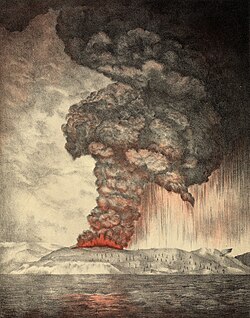 The Oracle of Kwan Yin
The Oracle of Kwan Yin
From Judika Illles [Edited]
The root of ‘divination’ is in the divine. Once upon a time, in the ancient world, it was not unusual to find divinatory services offered at temples and shrines. In other words, to put it plainly, you could expect to find some sort of fortune-teller within those sacred premises. Many journeyed to shrines to pay tribute to the resident sacred being, but also to receive advice and have their fortunes told. Oracles provide the voice of the divine.
Kwan Yin (Kuan Yin, Quan Yin, Quan Am, and Kannon) ranks among the most beloved of all sacred beings. Depending on perspective, she may be considered a goddess, a bodhisattva, a saint, or any combination of those categories. Some perceive Kwan Yin to be the Shekhina.
Adored by Buddhists, Taoists, goddess devotees, shrines and temples dedicated to Kwan Yin are found throughout East Asia and wherever Chinese people have traveled or settled. Continue reading
 About Kwan Yin
About Kwan Yin
 Senoi, Kilton Stewart and The Mystique of Dreams:
Senoi, Kilton Stewart and The Mystique of Dreams:

 Astrology, Karma & Nidanas
Astrology, Karma & Nidanas











Recent Comments